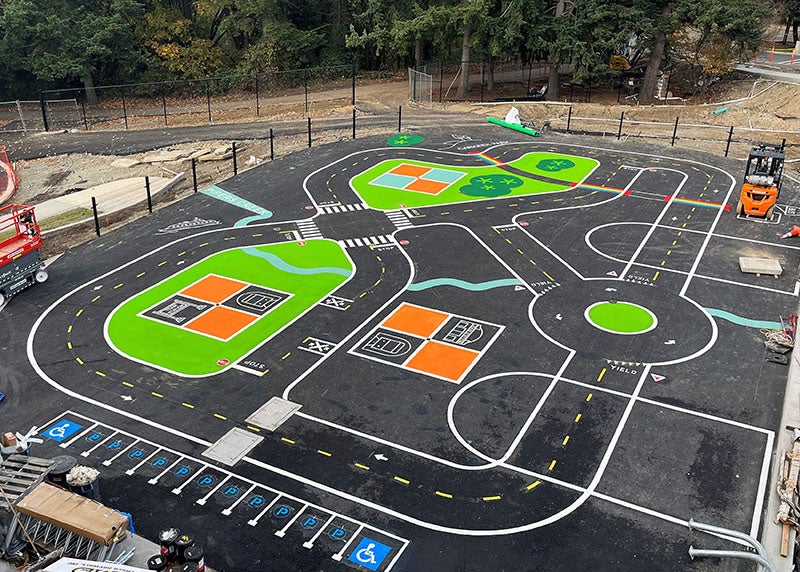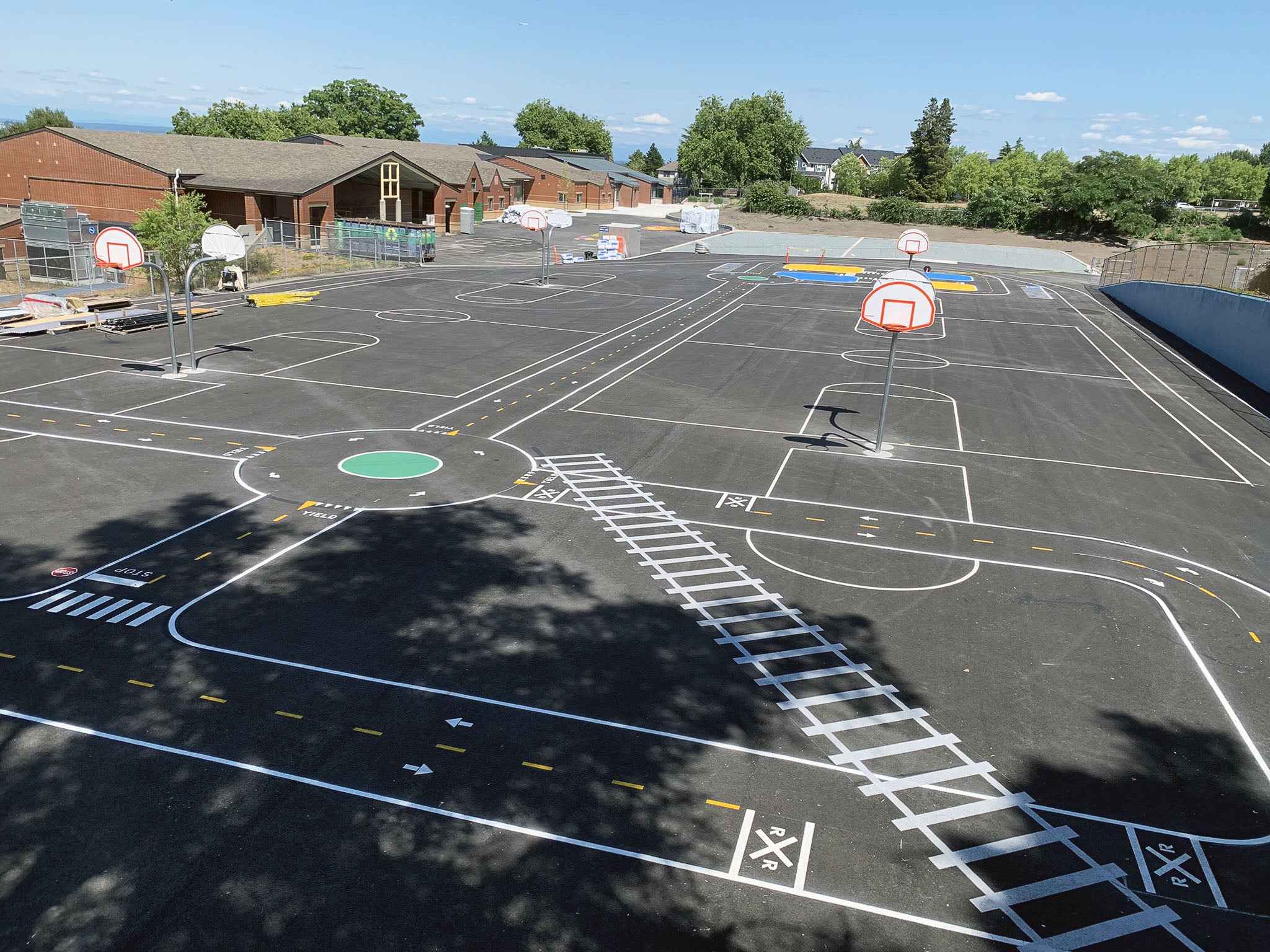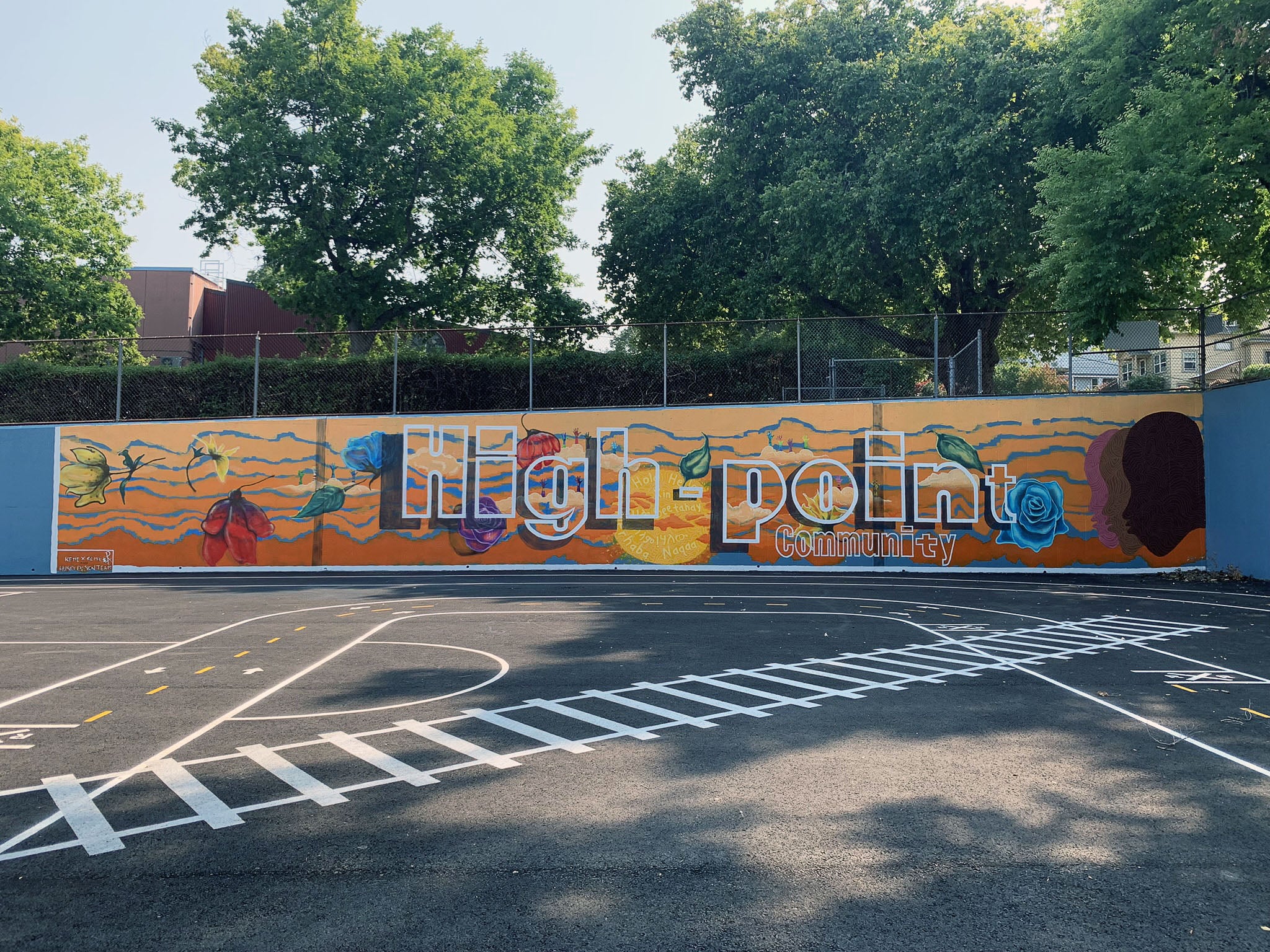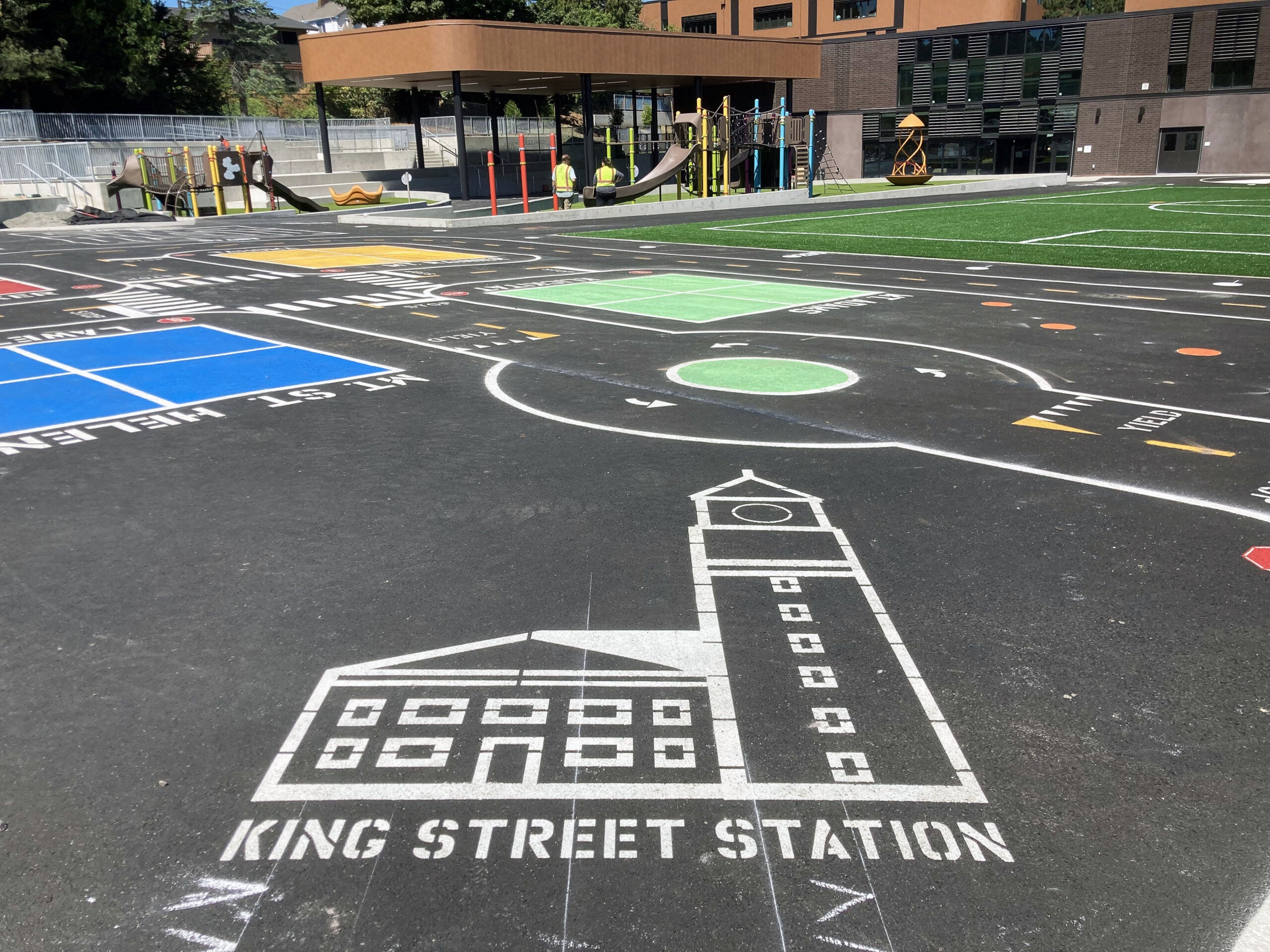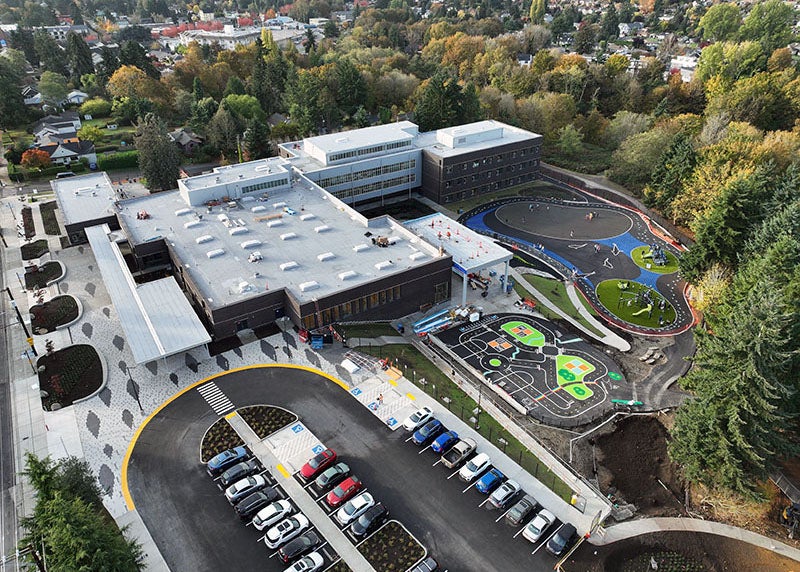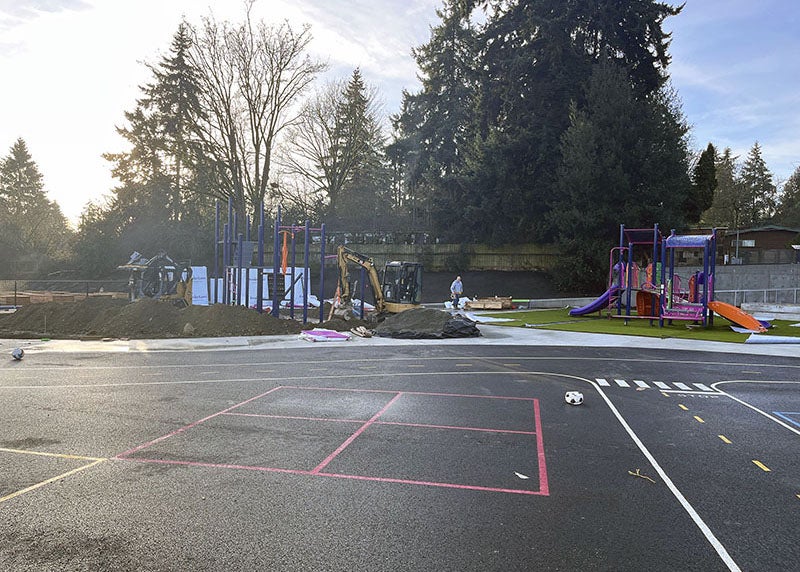Bike and Pedestrian Safety Education and Traffic Gardens
Learn about the curriculum, facilities, and partnerships that support youth bike and pedestrian safety education at Seattle Public Schools.
Physical Education Curriculum
Bicycle and Pedestrian Safety is taught in Physical Education (PE) classes and aligns with state standards to:
- Instill the joy of walking and rolling.
- Encourage bicycling and walking as a means of everyday transportation and recreation.
- Explain basic traffic safety and roadway rules.
- Increase safe behavior and decrease injury while walking and rolling.
- Increase confidence on a bike and help develop better bike handling skills.
- Instill a sense of self-responsibility about safety and respect for other street and trail users.
Three programs available based on grade level:
Learn more about our mobility education programs in the Seattle Traffic Garden Handbook, Section III “SPS Mobility Education“.
Traffic Gardens
Traffic Gardens provide a comfortable, car-free space for youth to develop bike skills and street safety knowledge, helping them to become more independent and confident road users no matter which mode of transportation they choose. At schools, traffic gardens serve as a dedicated space for PE bike and pedestrian safety instruction.
What is a Traffic Garden?

A traffic garden is a play and learning space consisting of reduced-sized streets and scaled down traffic elements assembled into a network. It is a small world for active play and a purpose designed space for children to learn bicycling skills and roadway safety. Traffic gardens introduce kids to traffic rules and interactions, and, through the knowledge and self-awareness developed, make them better and safer users of the transportation system as they practice and get older. Learn more about the history of traffic gardens and their availability and use nationwide.
The Seattle Department of Transportation Safe Routes to School Program supported Discover Traffic Gardens, Cascade Bicycle Club, and Outdoors for All to develop a handbook for creating traffic gardens in the City of Seattle and at Seattle Public Schools sites. The work resulted in a step-by-step guide, called the Seattle Traffic Garden Handbook.
Current Sites
Traffic Gardens will be coming to other elementary and K-8 schools soon. Learn more in our FAQs section.

